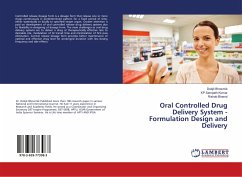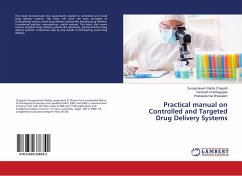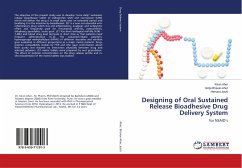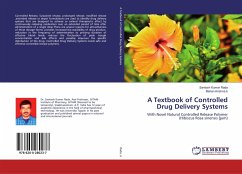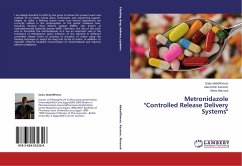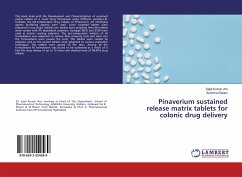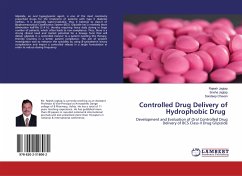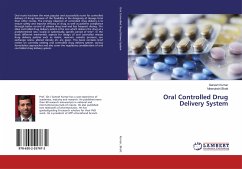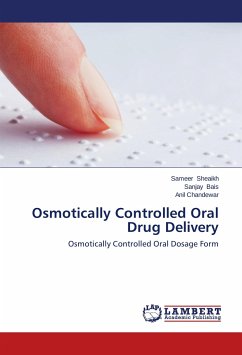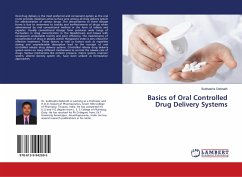
Basics of Oral Controlled Drug Delivery Systems
Versandkostenfrei!
Versandfertig in 6-10 Tagen
27,99 €
inkl. MwSt.

PAYBACK Punkte
14 °P sammeln!
Oral drug delivery is the most preferred and convenient option as the oral route provides maximum active surface area among all drug delivery system for administration of various drugs. The attractiveness of these dosage forms is due to awareness to toxicity and ineffectiveness of drugs when administered by oral conventional method in the form of tablets and capsules. Usually conventional dosage form produces wide range of fluctuation in drug concentration in the bloodstream and tissues with consequent undesirable toxicity and poor efficiency. The maintenance of concentration of drug in plasma...
Oral drug delivery is the most preferred and convenient option as the oral route provides maximum active surface area among all drug delivery system for administration of various drugs. The attractiveness of these dosage forms is due to awareness to toxicity and ineffectiveness of drugs when administered by oral conventional method in the form of tablets and capsules. Usually conventional dosage form produces wide range of fluctuation in drug concentration in the bloodstream and tissues with consequent undesirable toxicity and poor efficiency. The maintenance of concentration of drug in plasma within therapeutic index is very critical for effective treatment. These factors as well as factors such as repetitive dosing and unpredictable absorption lead to the concept of oral controlled release drug delivery systems. Controlled release drug delivery system works on many different mechanisms to control the release rate of drugs. Various mechanisms like osmotic pressure, matrix system, reservoir system, altered density system etc. have been utilized as formulation approaches.



